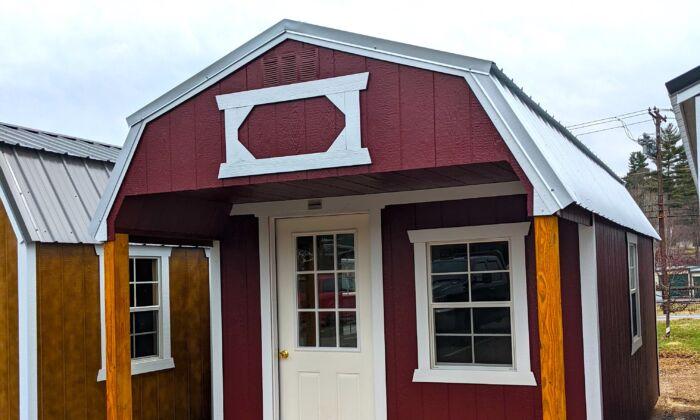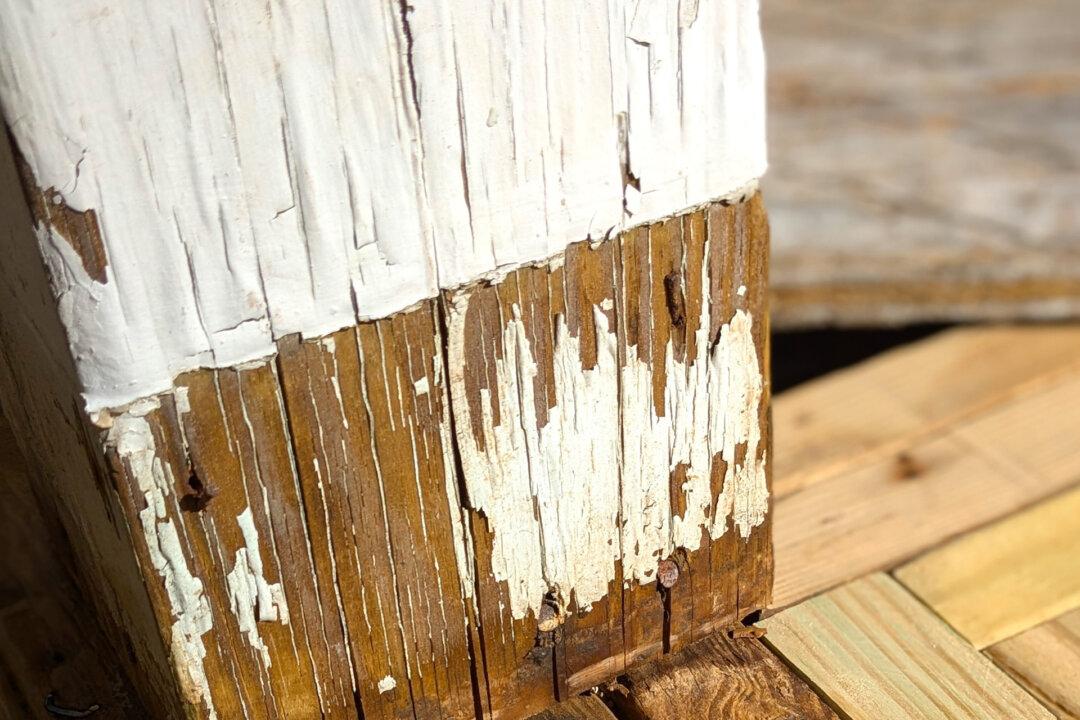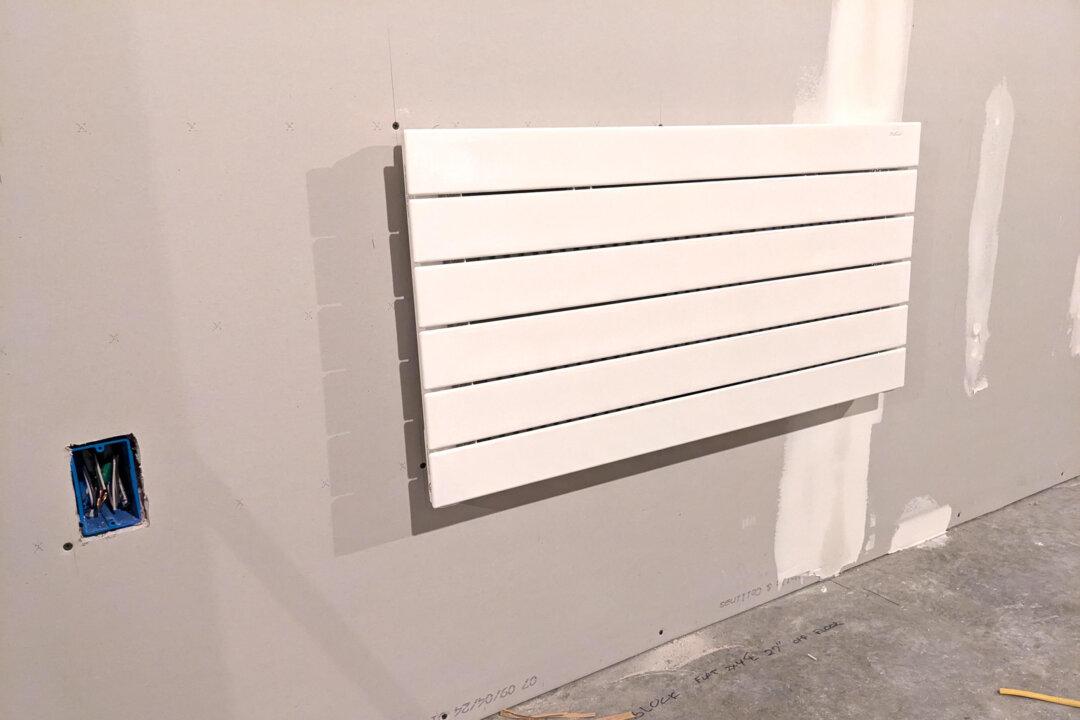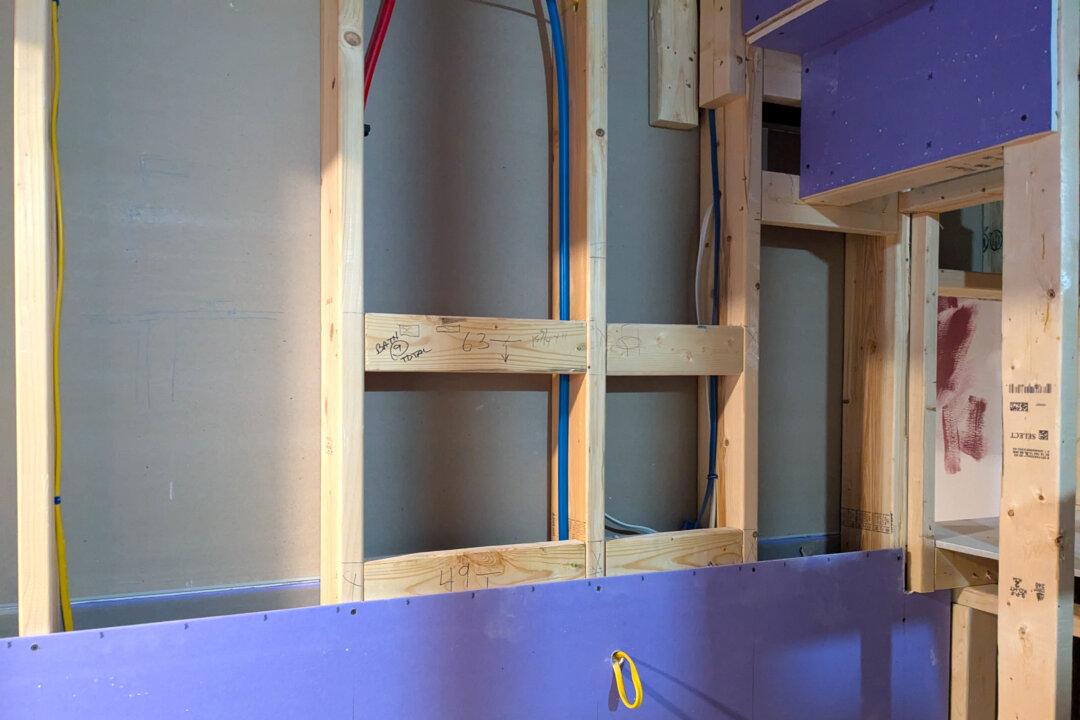It seems like every week I get at least one email or a question on my live stream sessions about inflation. I’m by no means an economist, but I’ve seen enough full moons to know that inflation is raging and it’s going to get much worse.
I do the grocery shopping in my household, and I'd estimate food prices are up at least 35%. Gasoline is now up 85% where I live. Building material prices are going up faster than a bottle rocket on the Fourth of July. I’m bewildered how the reported inflation rate I see in the news is so much lower than what I’m experiencing.
Years ago, I built a large 16- by 24-foot two-story shed that could be easily converted into a small house if I wanted to. Currently, it’s loaded with all sorts of accumulated stuff from 50 years of family life. Before I built the shed, much of this was in an offsite storage facility with sky-high monthly rent.
Last week I picked up two bags of birdseed for my lovely wife at a local agriculture supply store. There in the parking lot were quite a few pre-assembled sheds ready to be delivered to homes. There came in a multitude of designs. You may see these at your local big box stores too. I’ve inspected these sheds, and the construction quality is minimal, in my opinion. The floors are flimsy and the wall studs are spaced at 24-inch centers, whereas I’d build at 16 inches on center.
My eye was drawn to the signs showing what these sheds cost. The prices took my breath away. A plain vanilla shed was $7,783, and one with a little more pizzazz was $8,763. Both measured 10 by 20 feet. Prices vary from region to region, and the same sheds could cost even more near you.
Those prices, frankly, are insane. For comparison purposes, I decided to find out what off-site storage costs in my town. It’s a good thing I was sitting down when I found out. The current price is $193 per month for a 10- by 20-foot storage space. That’s $2,316 per year — and you know that next year the price will jump 10%, if not more.
Wouldn’t it make more sense to build a 10- by 20-foot shed for the equivalent of what you’d spend on two years of rent? I’m sure most of you, my readers, could build a simple shed after watching all my videos on the topic at my website. And you could build it to last for 40 years.
To save lots of money, and to get all or some of the money you need to build your own shed, you might want to do what I’ve been doing for the past two years: selling or donating all the things I no longer use or need. This year, I intend to take it to the next level. My goal is to sell hundreds of things in the next four months. Whatever I can’t sell, I take to the Free Room at my town recycling center so others can benefit.
I’ve transformed countless dust-covered items I had forgotten about into thousands of dollars of cash by selling them to nearby residents using social-media groups for garage and yard sales. I’ve discovered you get top dollar if you take lots of great photographs showing the actual condition of the object and provide all the needed dimensions.
It also helps to write a creative story about the history of the object. Buyers tell me they love my stories, especially the one about the small silver bowl that I thought might have been on a sailing ship coming to the colonies back in the early 1700s.
Purging things you no longer need or want serves another important purpose. You then don’t have to have such a large shed to store your things.
If you decide to build a shed, the first step is to determine the size you need. People almost always build a shed that’s too small.
It’s easy to determine the right size. Here’s how: Take all the things you plan to put in the shed and place them out on your lawn just as you plan to store them in the shed. You can use empty cardboard boxes to simulate things. If you’re skilled and can think in three dimensions, you can draw this out to scale on graph paper.
Once you place the items on the lawn, then surround them with string to make the outline of the shed. Try to create a shed size that’s a multiple of 2 feet in both footprint dimensions. This will minimize material waste. It’s not happenstance that the sizes of pre-built sheds or shed kits conform to this standard.
The next two steps are mission-critical. First and foremost, you need to check with your city or town to see what the zoning regulations will allow you to build. These regulations can be strict or lax. It varies widely, trust me. The next step is to create a complete material list and price it out as soon as possible. Inflation is causing prices to go up monthly.
I’ve prepared a complete material list for a simple 10- by 20-foot shed to save you the time and trouble of trying to figure out what you need. I also included links to the top products I like to use as well, as links to how you can get access to over 100 videos I shot showing how to build a shed. You can get all this for just $7.95 at: https://GO.askthebuilder.com/1452





